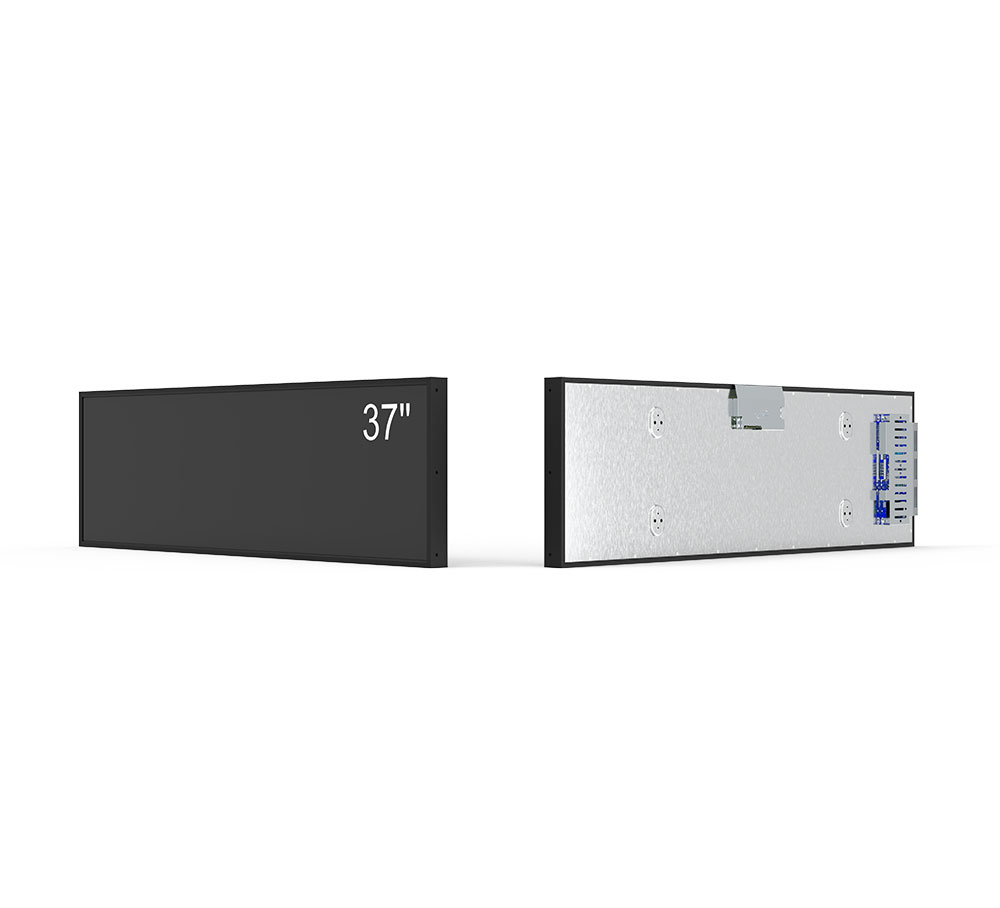
Privacy statement: Your privacy is very important to Us. Our company promises not to disclose your personal information to any external company without your explicit permission.
Outdoor LCD strip screens have become essential in modern digital signage, offering high visibility, durability, and flexibility across diverse environments—from retail storefronts to public transportation hubs. These specialized displays are engineered to operate reliably under extreme weather conditions, with brightness levels typically exceeding 5,000 nits, anti-glare coatings, and IP65 or higher ingress protection ratings.
The strip screen series includes a wide range of diagonal sizes—from compact 14.1-inch units ideal for kiosks to massive 86-inch models used in large-scale advertising and event venues. Common sizes like 19", 21.2", 28.6", and 48.5" are widely adopted due to their balance between cost-efficiency and visual impact. For example, 28.6” and 37” screens often serve as mid-range solutions for bus stop advertisements, while 48.5” and 58.4” panels dominate highway billboards and airport lounges where ambient light is intense.

Manufacturers such as LG, Samsung, and Leyard produce industrial-grade LED-backlit LCD modules specifically for outdoor use, ensuring consistent performance even at -30°C to +60°C operating temperatures. These screens integrate advanced thermal management systems—such as heat pipes and passive cooling—to prevent overheating during prolonged sun exposure. Additionally, they support 24/7 operation with MTBF (Mean Time Between Failures) values exceeding 100,000 hours, making them suitable for mission-critical deployments.
Installation flexibility is another advantage: strip screens can be mounted vertically or horizontally, integrated into curved surfaces, or configured in multi-screen arrays using modular bezel-less designs. This adaptability allows businesses to tailor displays to space constraints without sacrificing image quality. According to the Digital Signage Federation (DSF), over 65% of outdoor digital signage installations now utilize strip-style displays due to their energy efficiency and reduced maintenance costs compared to traditional CRT or plasma alternatives.
For facility managers and integrators, selecting the right size depends on viewing distance, content complexity, and environmental factors like wind load and sunlight intensity. Industry best practices recommend a minimum of 3,000 nits for direct sunlight applications and a pixel pitch of no more than 10mm for optimal readability at 5–10 meters. With continuous innovation in OLED and microLED technologies, the future of outdoor strip screens promises brighter, thinner, and more energy-efficient solutions tailored for smart cities, IoT ecosystems, and immersive urban experiences.
Email to this supplier

Privacy statement: Your privacy is very important to Us. Our company promises not to disclose your personal information to any external company without your explicit permission.